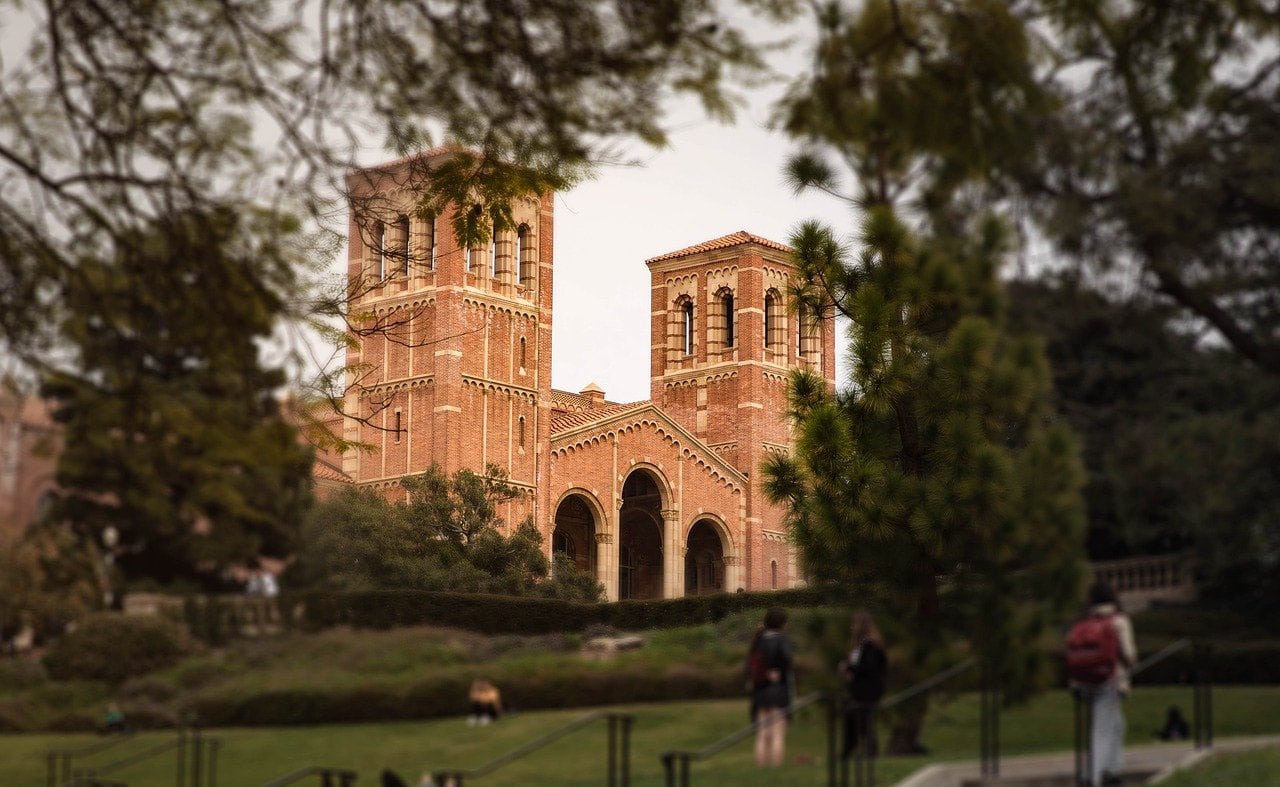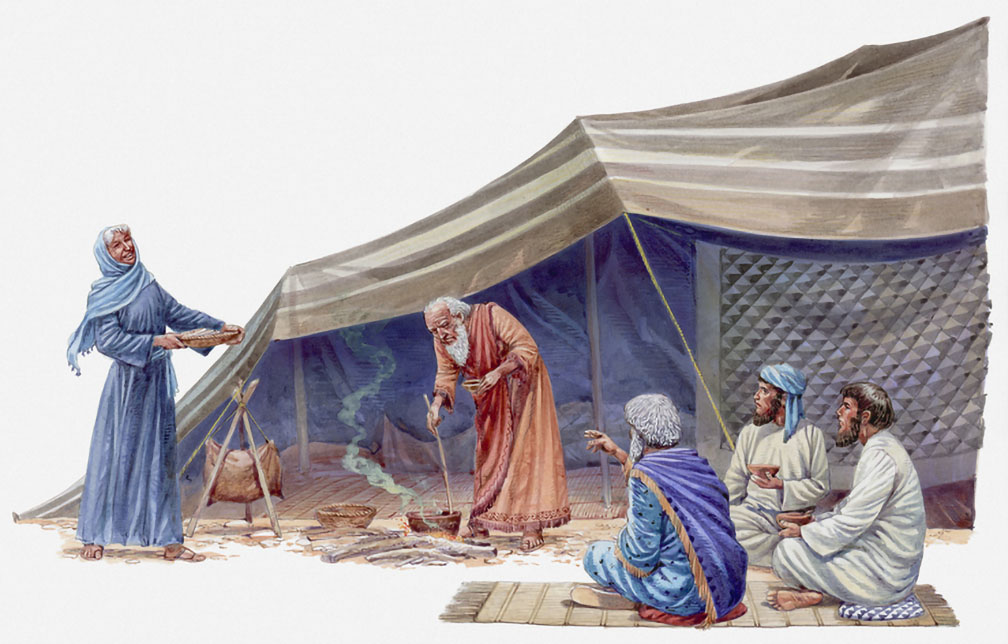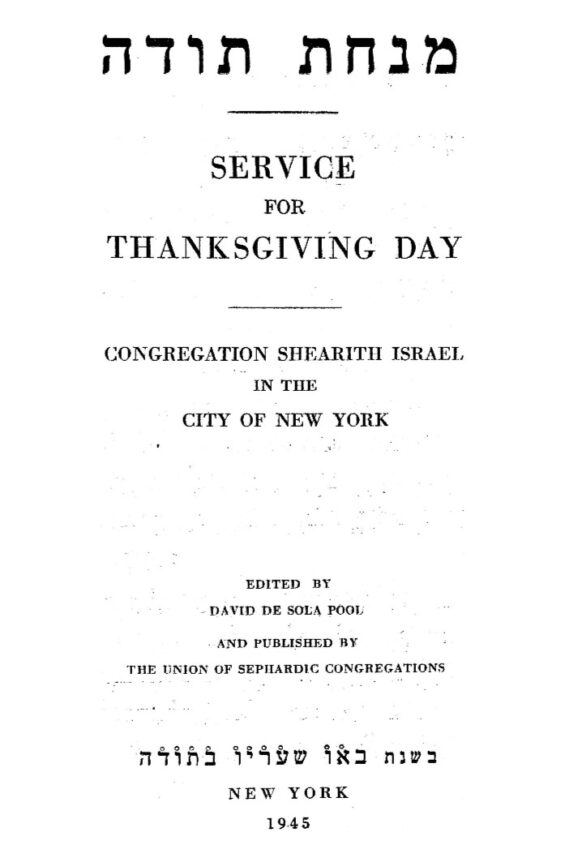“What’s in a Name? That which we call a rose still smells just as sweet.” — William Shakespeare, “Romeo and Juliet”
What is in a name?
Namely: Orthodox, Conservative, Reform.
What do they mean? Where do they come from?
These days, the Conservative movement faces the greatest challenge with its image and, arguably, even its name. But all three major Jewish denominations — Reform, Conservative and Orthodox — have common roots. They originated in the Haskala (the Enlightenment) of the mid-18th century. This movement was led by Moses Mendelssohn, the philosopher who opened up the culture of the Western world to Jews. Haskala’s embrace of modernity paved the way for the seeds of Reform Judaism a century later and for the beginning of Orthodox Judaism in the mid-1800s, which rejected the influences of modernization.
But at the start, Jews were not creating denominations; they were just putting forth differing religious beliefs, which Jews had done for centuries.
“In the 20th century, there was a parting of the ways,” said Jonathan Sarna, professor of Jewish history at Brandeis University and author of “American Judaism: A History” (Yale University Press, 2004). “It was retrojected backward like there had always been such movements,” he said.
But there hadn’t.
“The word Reform was influenced by the Protestant use of the term,” Sarna said, referring to the 16th-century movement to reform the Roman Catholic church. He, like many Jewish historians, dates the origin of the official term “Reform,” or “Reformed” as it was known in the beginning, to 1824, when 47 Charleston Jews petitioned their synagogue, Beth Elohim, to change the prayer service to include English prayers, among other things. It was refused, and the group broke off to form the Reformed Society of Israelites for Promoting True Principles of Judaism According to Its Purity and Spirit.
By the time the Hebrew Union College was formed in 1875 in Cincinnati, the term and its meaning were clear: reform of the old ways, openness to modernity, a denial of the divinity of the Torah and a changed prayer service. (The preferred term today is “Reform,” without the “ed” suffix to denote a continual process of change, as opposed to a fixed state of being.)
The term “Orthodox” — from the Greek ortho (right, correct) and doxa (thought, teaching) — is typically used to refer to the “correct” theological or doctrinal observance of religion. The term first emerged in the beginning of the 19th century to refer to traditional Jews, but it is not clear whether the term was coined by Reform Jews or by the traditional Jews themselves.
Sarna believes it was the traditional Jews who used the term “to divide themselves from what they saw as heterodox,” he told The Journal. In other words, there was no reason for them to define themselves as Orthodox, that is, as following the one, true way, until Reform came along and offered something other than traditional practice. The term Orthodox stuck, and by 1898, the Union of Orthodox Congregations was founded.
Like Orthodox Judaism, “Conservative” Judaism also was named in reaction to Reform Judaism — actually, it formed directly out of Reform Judaism from the traditional or “conservative” branch of the Reform movement, which wanted to keep Hebrew prayer and other traditional aspects of Judaism, such as the laws of kosher.
This traditionalist group broke off from the Reform movement after the 1885 Pittsburgh Conference, which set forth principles that were an anathema to the traditionalist branch. Rabbi Neil Gillman, in his book, “Conservative Judaism” (Behrman House, 1996), writes: “In eight sharply worded paragraphs, it dismisses ‘such Mosaic and rabbinical laws as regulate diet, priestly purity and dress’ as anachronisms that can only obstruct spirituality in the modern age; it accepts as binding only the moral laws of Judaism and those ceremonies that ‘elevate and sanctify our lives,’ rejecting those that are ‘not adapted to the views and habits of modern civilization….'”
Gillman writes that 10 weeks after the conference, a group of men in New York founded a rabbinical seminary “in conservative Jewish principles.” (A year later, eight students started studying there — at The Jewish Theological Seminary of New York.)
“Really the word ‘Conservative’ was to be the opposite of liberal,” Sarna said. The originators of the Conservative movement didn’t intend Conservative to mean in the middle or the center, but imagined that there would be only two groups: liberal (Reform) Jews and non-liberal, or Conservative Jews, Sarna said, just as British politics was divided into liberal and conservative factions. Of course, that didn’t happen, because while the Conservative movement was opposed to the freewheeling modernity of the Reform Jews, it still believed halacha, or Jewish law, should evolve at a faster pace than the traditional or “Orthodox” Jews did.
That was more than a century ago, and for movements given names that were relative to each other — as opposed to absolute — how do the terms hold up? Both the terms Orthodox and Reform still seem to fit, even though both movements have moved to the right.
“The Conservative movement has the biggest problem with its name,” Sarna said. For the most part, Conservative Jews are not politically conservative and, religiously, are more liberal than the Orthodox.
There’s nothing necessarily permanent about any of these terms. Still, names have a staying power with the flock, as has been evident when Jewish service organizations encounter resistance to changing their own names. Sarna says that The United Jewish Appeal lost support when it changed its name to the lesser-known United Jewish Communities. And Rabbi Norman Lamm of Yeshiva University failed in his attempt to revise the term “Modern Orthodoxy” to “Centrist Orthodoxy.”
As to changing the name of Conservative Judaism to Centrist Judaism or Covenantal Judaism, Sarna said, “It’s enormously difficult … and questionable whether a name that has been known for more than a century should be changed.”




















 More news and opinions than at a Shabbat dinner, right in your inbox.
More news and opinions than at a Shabbat dinner, right in your inbox.